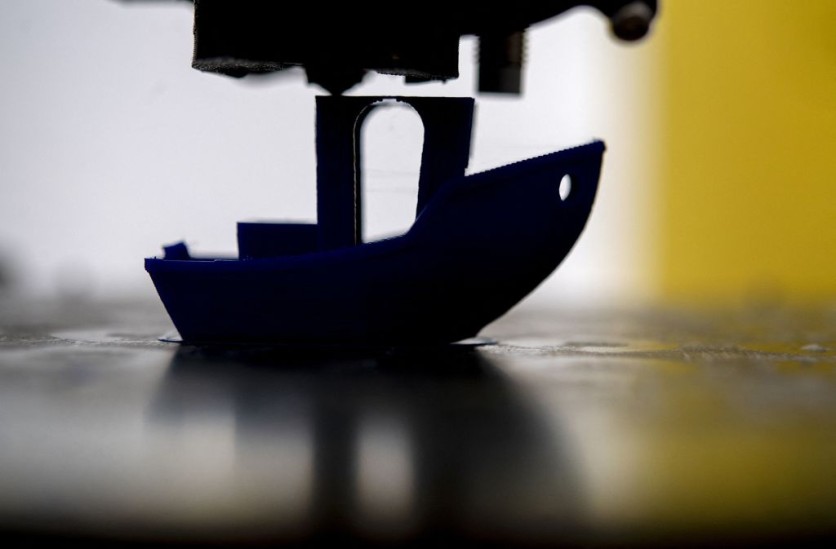Prvok is the first original 3D-printed floating livable sculpture made from concrete in Czech Republic, according to Interesting Engineering.

The sculpture is designed by Scoolpt, a Czech-based sculptural architectural studio that specializes in 3D concrete print. Prvok was launched in the Vltava River in August 2020.
The sculpture can be made in only 48 hours. It is also eco-friendly because it helps reduce CO2 emissions and waste. Additionally, it is equipped with eco-technologies, such as recuperation, re-circulation shower, green roof, and reservoirs for drinking. It is 43 square meters of floor space that has three rooms-a bathroom with a toilet, a living room with a kitchen, and a bedroom.
How Was it Made?
Prvok was made using a robotic arm and is constructed seven times faster than the traditional houses. The concrete mixture used for Prvok consists of nano-polypropylene fibers, plasticizers, and a setting accelerator. It only took two months for the entire project to be finished.
This is because the type of concrete they used hardens after 24 hours to the standard firmness of the foundations of a classic family home. Once the total hardening is done in 28 days, the concrete will acquire the values, which are the same in bridges.
Also Read: Azure is Using Recycled Plastic to 3D Print Prefab Homes
3D Printing of Homes Today
3D printing technology for constructing buildings is slowly going to be adopted by the world. The technology is being used to create everything from small pavilion buildings to large-scale homes.
This technology is disruptive in the construction industry because it cuts down the time, costs, and labor demanded to construct homes. It is also environmentally friendly, considering that it reduces carbon dioxide emissions and waste.
In addition, the process of 3D printing is versatile, which is why it will be adapted in the future. This is why it's a viable source of making homes for those who have access to computer-aided design (CAD) files.
Additionally, 3D-printed concrete is essential in the construction of buildings, especially those built in urban areas. Concrete is used in many areas of the world. It is even the most used man-made material.
3D printing of homes is growing in popularity because of its many advantages, such as saving building time and money, saving resources, and recyclable materials. It can also be used to create buildings in almost any design and shape.
Prvok is just one example of what the 3D printing of homes can bring to our society. As technology continues to evolve, we will see more 3D-printed houses and buildings that will last longer and help us live a better lifestyle.
Related Article: Would You Live In A 3D-Printed House? Here's What You Should Know
This article is owned by Tech Times
Written by April Fowell
ⓒ 2025 TECHTIMES.com All rights reserved. Do not reproduce without permission.




